International
EU countries agree to a new military support fund for Ukraine of 5 billion euros
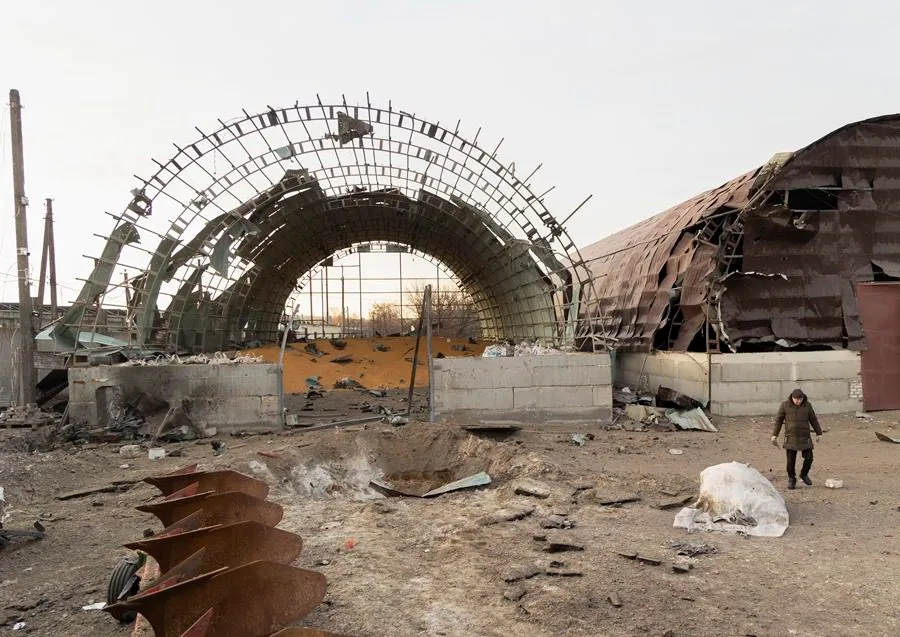
The countries of the European Union (EU) reached a political agreement on Wednesday to promote a specific fund of military support to Ukraine endowed with 5 billion euros for this year.
The ambassadors of the Twenty-seven reached an agreement in principle to reform the European Peace Support Fund (FEAP), through which they have been co-financing the delivery of lethal and non-lethal equipment to Ukraine since the beginning of the Russian invasion and that will have the aforementioned item, specific to Kiev.
“The EU remains determined to provide lasting support to Ukraine and to ensure that the country receives the military equipment it needs to defend itself,” the Belgian Presidency of the Council of the EU said through social network X.
The EU High Representative for Foreign Affairs and Security, Josep Borrell, welcomed the political agreement and assured that the fund will increase European military support to Ukraine with another 5 billion euros.
“The message is clear: we will support Ukraine with whatever is necessary for it to prevail,” he said.
The EU countries have reached an agreement on this 5 billion euro EAFF supplement after extensive negotiations, although the details of the pact are not yet known.
Germany asked that the 8 billion it will dedicate to support Ukraine this year when establishing the compensations in the fund be taken into account, so that its contribution – which the countries make based on their Gross Domestic Product – takes into account the bilateral support already granted.
Berlin also wanted the fund to be used to encourage joint purchases of weapons and new ammunition for Ukraine, rather than to finance the delivery of existing material in the arsenals of the countries, in much of the Soviet era.
Countries such as France, Greece and Cyprus, in addition, insisted that the fund should privilege the acquisition of material in Europe.
In addition to the difficulties faced by the reform of the FEAP, Hungary had stated that it did not want to continue participating in that fund.
In addition to the difficulties faced by the reform of the FEAP, Hungary had stated that it did not want to continue participating in that fund.
To solve the issue of the a posteriori compensation raised by Germany, it has been agreed to maintain a contribution amount from each Member State but allowing it to integrate already agreed reimbursements, Community sources said.
Thus, a country can subtract from its contribution the amount that the fund has agreed to reimburse you, and this can mean that the figure is zero if the contribution and the reimbursement are equal, or if the expected reimbursement is higher.
On the other hand, on the question of the origin of the acquisition of the equipment, the proposal made by the Belgian presidency tried to balance the request of some Member States that the fund be used exclusively to finance purchases in the European defense industry and Norway, and the position of others who advocated greater flexibility.
In this way, the possibility of making joint acquisitions outside the European and Norwegian industry has been introduced in cases where its technological and military industrial base cannot supply material in time for Ukraine, while part of the fund would be reserved for joint acquisitions to the EU industry (and Norway), the sources specified.
The text of the agreement agreed today is expected to officially receive the green light at the Foreign Affairs Council to be held next Monday in Brussels.
At the beginning of the year, the military assistance provided to Ukraine by the EU and its member states since the beginning of the war was estimated at about 28 billion euros.
International
Meta Says Russia Seeks to Ban WhatsApp for Defending Secure Communication
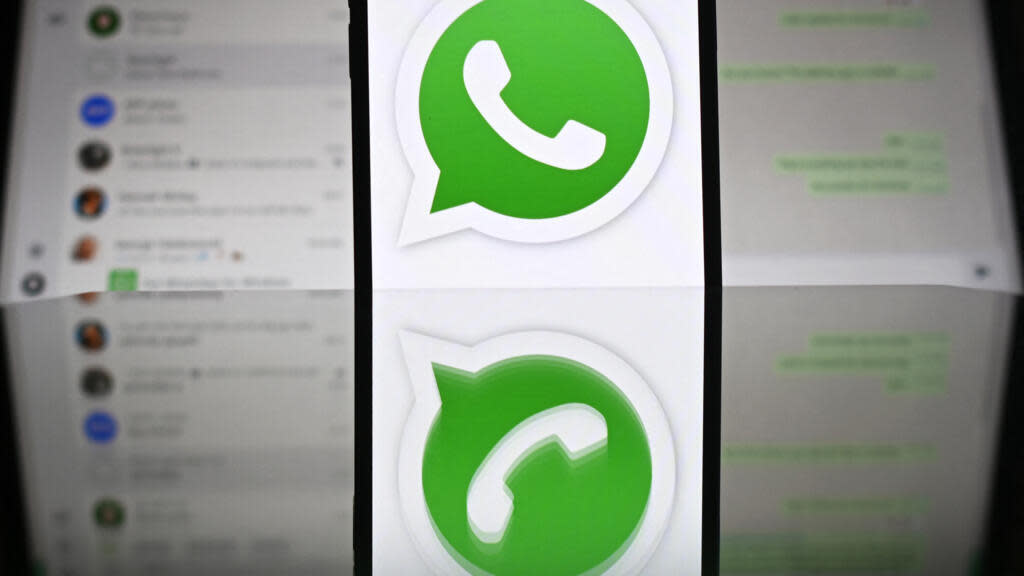
U.S. tech giant Meta, the parent company of WhatsApp, said that Russia is seeking to ban the messaging app because it “challenges government attempts to violate people’s right to secure communication.”
Russian authorities have encouraged citizens to switch to state-backed applications, and in August they already blocked WhatsApp’s calling feature.
On Friday, the communications regulator Roskomnadzor claimed that the platform was being used to “organize and carry out terrorist acts in the country, recruit perpetrators, and facilitate fraud and other crimes.”
“If the messaging service does not comply with Russian law, it will be completely blocked,” the regulator warned.
WhatsApp remains one of Russia’s most widely used messaging services, alongside Telegram.
Moscow is pressuring both platforms to grant authorities access to user data upon request for investigations into fraud and activities the government labels as “terrorist.”
Human rights advocates fear the demand could be used to target critics of the Kremlin, President Vladimir Putin, or the war in Ukraine.
International
Archbishop Wenski criticizes Trump’s deportation policies, calls for stronger push for reform
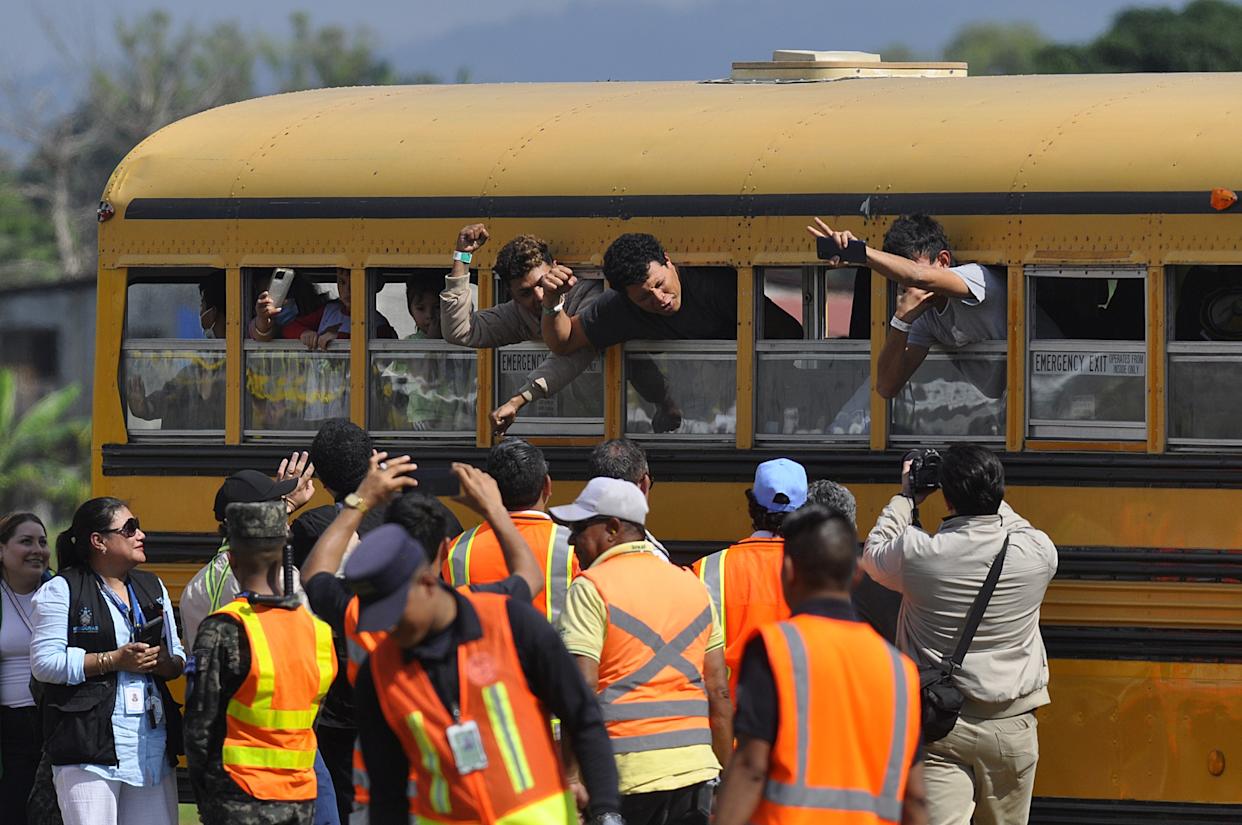
The Archbishop of Miami, Thomas Wenski, has called for increased pressure on the U.S. Congress to advance comprehensive immigration reform and criticized President Donald Trump’s mass deportation policies, arguing that they “do nothing to help.”
“We need to apply more pressure on Congress so lawmakers can make the necessary changes. It is also important for the Administration to listen to our voice. We do not want to be anyone’s enemy—we are Americans,” Wenski said in an interview with EFE.
The religious leader, who heads one of the dioceses with the largest Latino and Haitian populations in the United States, issued a call to defend the rights of migrants. He also emphasized that the U.S. Conference of Catholic Bishops (USCCB) has maintained a strong and public stance in favor of migrants for decades.
International
Trump relaunches diplomatic push to finalize U.S.-Backed peace plan for Ukraine War
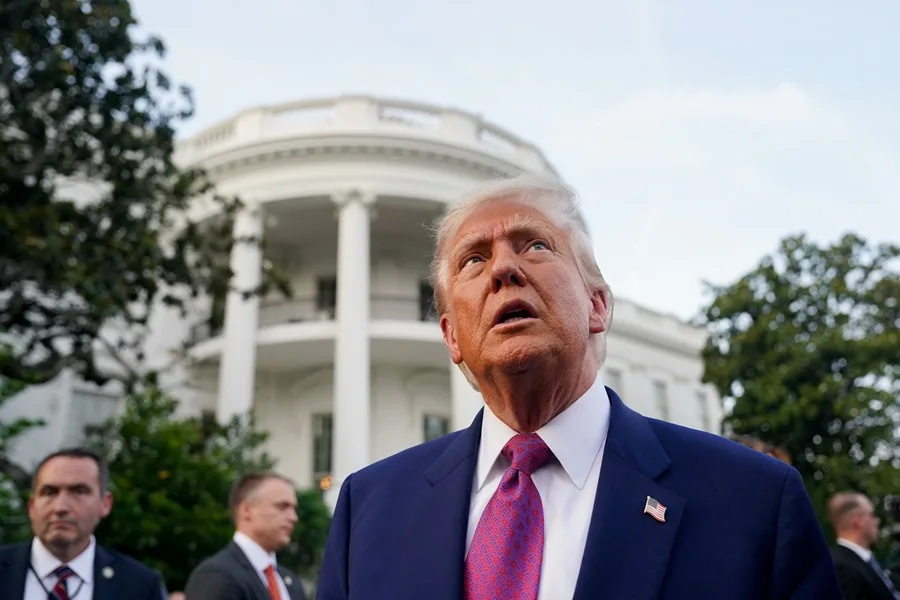
U.S. President Donald Trump announced on Tuesday that his diplomatic team will resume meetings with delegations from Russia and Ukraine in an effort to pressure both sides to accept the peace plan proposed by Washington to end the war in Ukraine.
As part of this new round of talks, U.S. Special Envoy Steve Witkoff will travel to Moscow to meet with Russian President Vladimir Putin. Meanwhile, Army Secretary Dan Driscoll will hold discussions with Ukrainian representatives to narrow differences on the remaining points of the agreement.
Trump also confirmed his intention to meet personally with Ukrainian President Volodymyr Zelensky and with Putin, though he emphasized that such meetings will only take place “when the agreement is fully finalized or in its final stage.”
The president claimed that his administration has made “tremendous progress” toward resolving the conflict and reiterated that the war “never would have started” if he had been in the White House at the onset of the crisis.
The U.S.-backed peace plan consists of 28 points and has been revised following feedback from both sides. According to Trump, only “a few points of disagreement” remain under active discussion.
One of the most controversial aspects of the proposal is the suggestion that Ukraine cede parts of the Donbas region to Russia and limit the size of its armed forces. Kyiv is working closely with Washington to soften these clauses in search of an arrangement that does not compromise its sovereignty or security.
With this diplomatic push, Trump aims to solidify his role as the main mediator in the conflict and steer the war toward a political resolution after years of devastation, humanitarian crisis, and rising global geopolitical tensions.
-

 Central America2 days ago
Central America2 days agoTrump Pardons Former Honduran President Hernández and Warns of Aid Cuts Ahead of Election
-

 Central America4 days ago
Central America4 days agoPanama reinforces security with new helicopters and Super Tucano Aircraft purchases
-

 Central America4 days ago
Central America4 days agoTrump urges hondurans to back conservative candidate Nasry Asfura in november elections
-
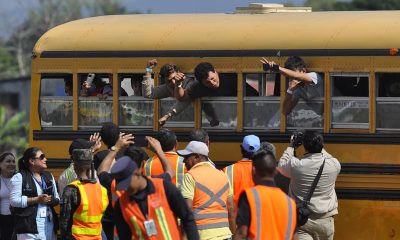
 International4 days ago
International4 days agoArchbishop Wenski criticizes Trump’s deportation policies, calls for stronger push for reform
-

 Central America1 day ago
Central America1 day agoHonduras’ China–Taiwan Future Hinges on Sunday’s Presidential Election
-

 Central America12 hours ago
Central America12 hours agoHonduras Extends Voting by One Hour Amid High Turnout, CNE Announces
-

 Central America4 days ago
Central America4 days agoWashington calls for oversight as Honduras faces allegations of electoral interference
-

 International2 days ago
International2 days agoMeta Says Russia Seeks to Ban WhatsApp for Defending Secure Communication






























